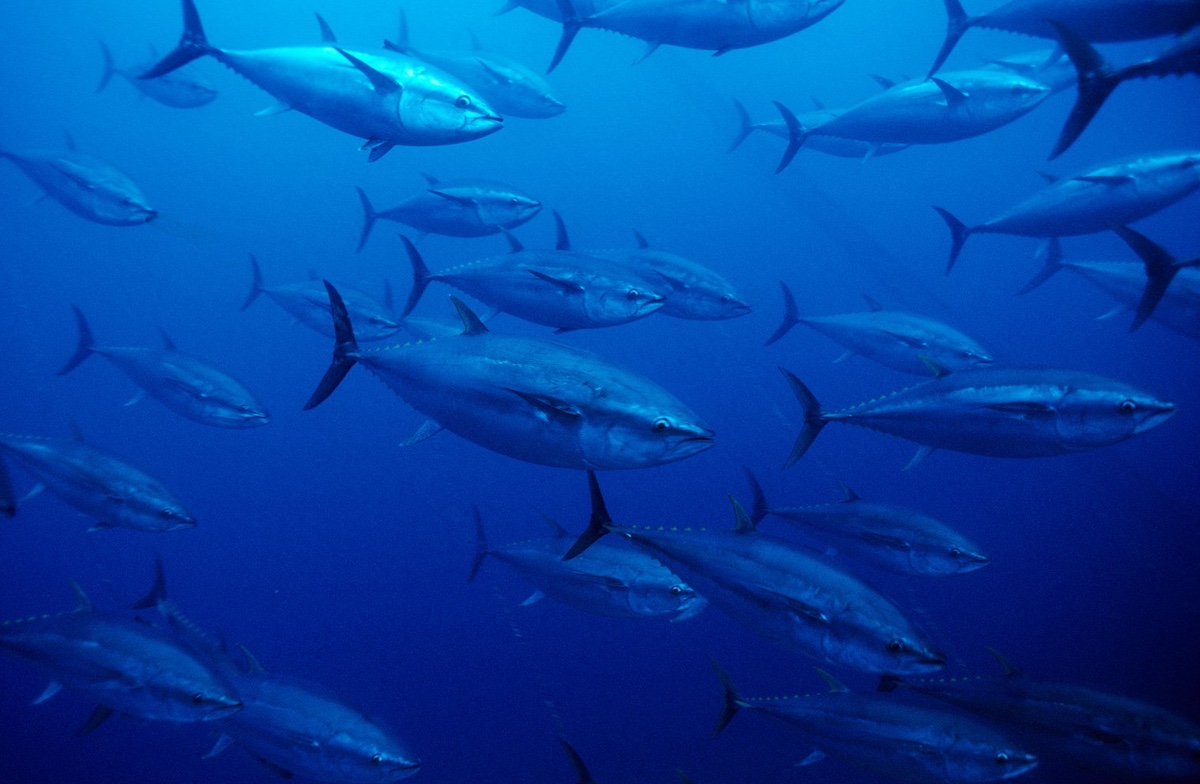Another of Earth’s nine “planetary boundaries” has been crossed: ocean acidification. That’s according to the 2025 edition of an annual “planetary health check”.
Writing for the report’s introduction, the ocean expert Sylvia Earle said: “This paints a grave picture – not just for marine ecosystems, but for the entire Earth system that depends on a healthy ocean.”
Scientists have identified nine planetary system boundaries which, if crossed, will compromise life on Earth. Previously, the team behind this study said six boundaries had been crossed: climate change, biosphere integrity, land system change, freshwater use, biogeochemical flows, and novel entities. Now, ozone depletion and aerosol loading are the only planetary boundaries considered to be in the safe zone.
Furthermore, the 2025 report finds that all seven of the crossed boundaries are exhibiting “worsening trends”.
A huge amount of carbon dioxide emitted by human activities ends up in the ocean. Once there, it increases the acidity of the water. This reduces the ability of animals including oysters, corals and snails to build the hard shells and skeletons they need to live – and to support human communities across the world.
A different group of researchers had already suggested earlier this year that the ocean acidification boundary had been crossed.
Levke Caesar, co-lead for planetary boundaries science at the Potsdam Institute for Climate Impact Research, says this confirmation means the ocean may no longer be able to buffer climate change by absorbing CO2 and heat as it currently does. The ocean may no longer ensure the healthy conditions humanity requires.
“What we see already happening today is that the acidification levels in the ocean are harmful, that we’re seeing negative impacts,” Caesar told journalists. “We really are outside a safe space, so we cannot guarantee the resilience the ocean is providing the Earth system with.”
In an interview with Mongabay, director of the Potsdam Institute Johan Rockström said he was also concerned about climate change disrupting the Atlantic Meridional Overturning Circulation (AMOC) system of currents, which moves water around the Atlantic:
“The ocean system is under two pressure points: one of these is the fast factors – the bleaching, acidification, loss of fish, and eutrophication. The other is the slow factors – the risk of crossing tipping points – with the AMOC being the one we’re focusing on more right now, because it would have such a large impact globally.”
\”,\”body\”:\”\”,\”footer\”:\”\”},\”advanced\”:{\”header\”:\”\\r\\n\”,\”body\”:\”\”,\”footer\”:\”\”}}”,”gdpr_scor”:”true”,”wp_lang”:”_en”,”wp_consent_api”:”false”};
/* ]]> */
